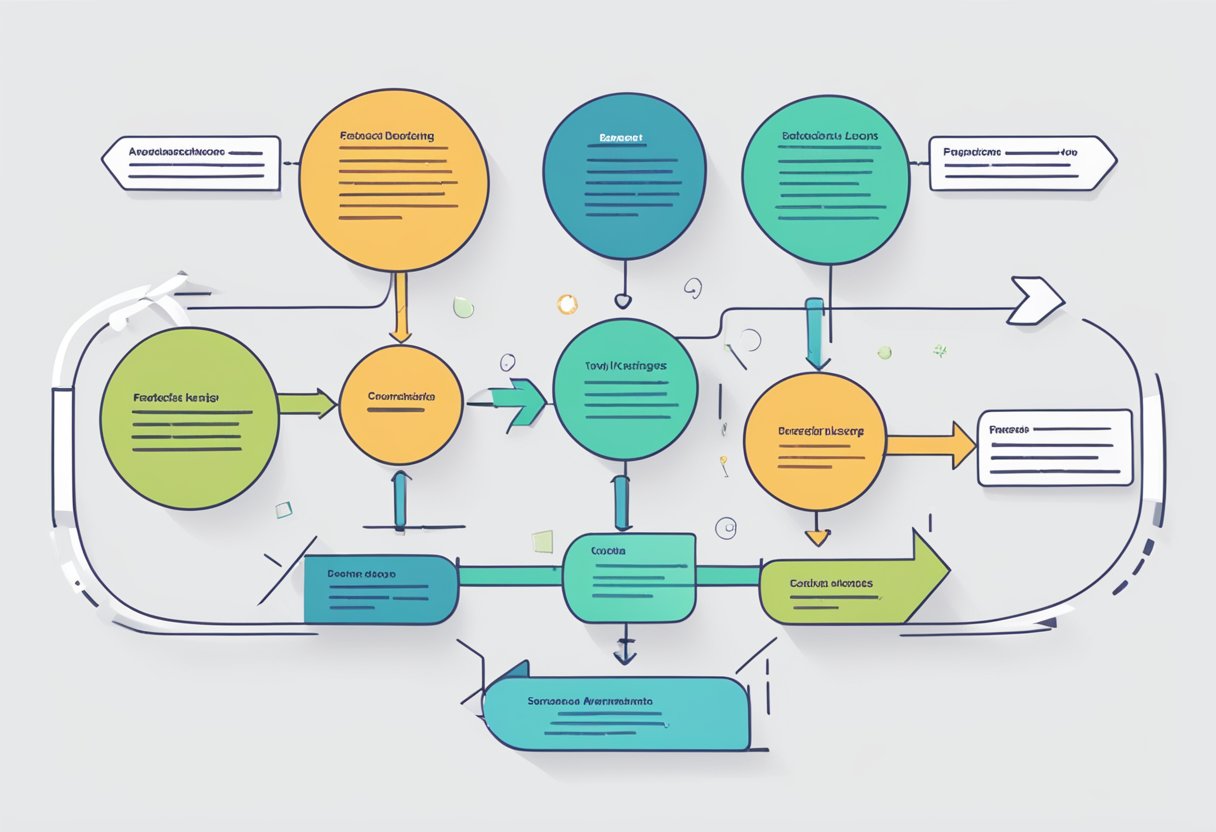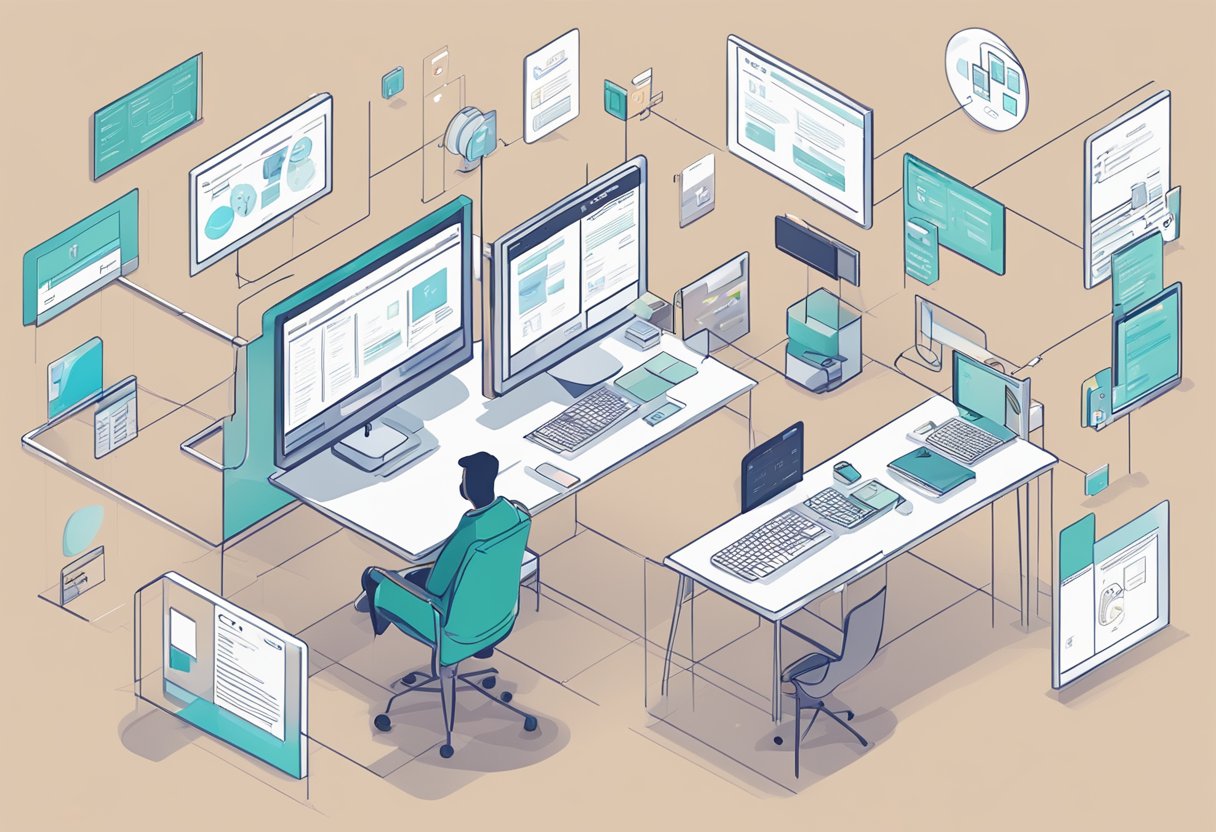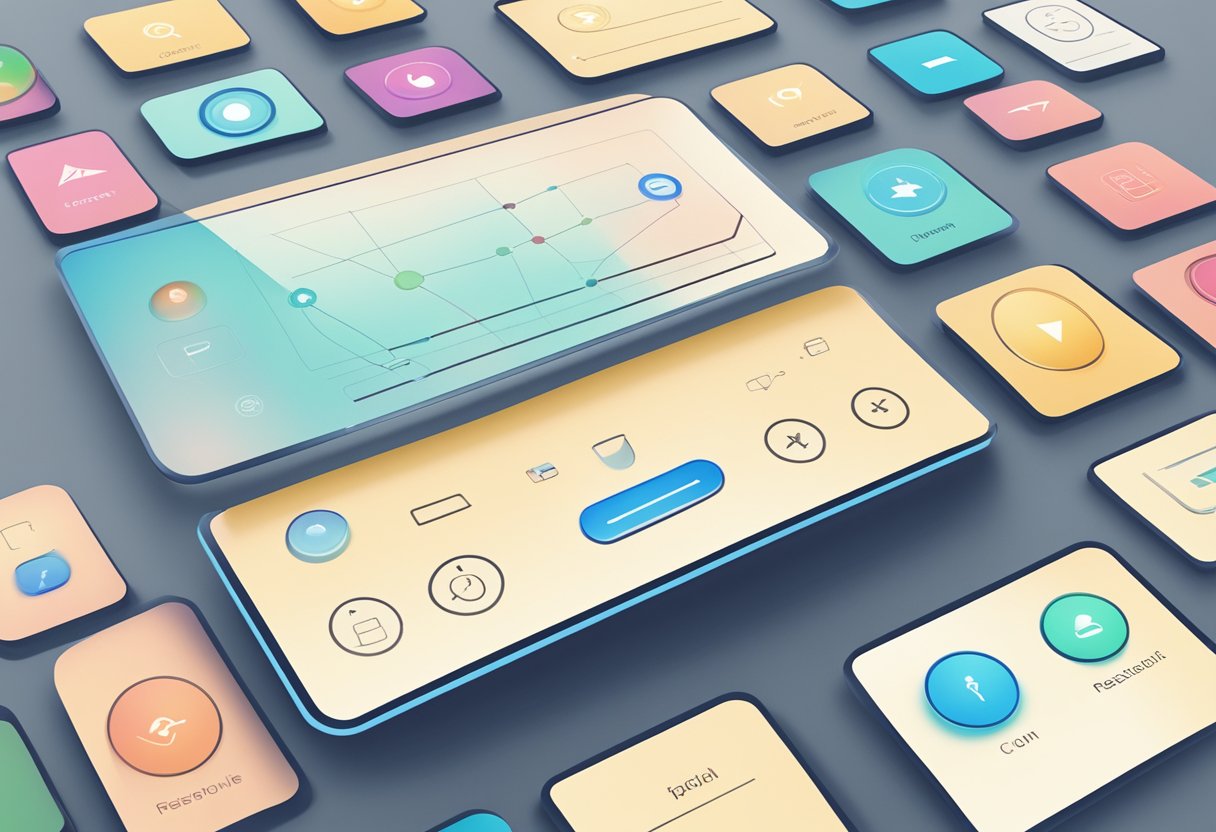Physical Address
304 North Cardinal St.
Dorchester Center, MA 02124
Physical Address
304 North Cardinal St.
Dorchester Center, MA 02124

“The Elements of User Experience” is a concept that refers to the different factors that contribute to the overall experience of a user when interacting with a product or service. It was first introduced by Jesse James Garrett in 2000 in his book “The Elements of User Experience: User-Centered Design for the Web”. Since then, it has become a widely recognized framework for designing and evaluating digital products.

The framework consists of five main elements: strategy, scope, structure, skeleton, and surface. The strategy element refers to the planning and research phase of a project, where designers define the goals and objectives of the product and identify the needs and preferences of the target audience. The scope element focuses on defining the features and functionalities of the product, while the structure element deals with the organization and hierarchy of the content. The skeleton element involves creating the layout and navigation of the product, and the surface element deals with the visual design and branding.
By considering all of these elements in the design process, designers can create products that are not only visually appealing but also intuitive, user-friendly, and effective in meeting the needs of the users. Understanding the elements of user experience is crucial for anyone involved in the design and development of digital products, as it provides a comprehensive framework for creating products that are both functional and enjoyable to use.

User experience (UX) refers to the overall experience of a person when they interact with a product or service. It encompasses all aspects of the user’s interaction, including usability, accessibility, and overall satisfaction. Good UX design is critical to ensuring that users have a positive experience and are more likely to continue using a product or service.
To understand UX, it is important to consider the different elements that contribute to it. These elements can be broken down into five main categories:
By considering these elements and designing with the user in mind, designers can create products and services that are both effective and enjoyable to use.

The elements of user experience are the components that contribute to the overall experience of a user when interacting with a product or service. These elements can be broken down into five distinct layers, each of which plays a critical role in shaping the user’s experience.
The first layer of the user experience is the strategy layer. This layer is concerned with the overall goals and objectives of the product or service. It involves understanding the needs of the user and defining the features and functionality required to meet those needs. The strategy layer sets the foundation for the rest of the user experience, and it is critical to get this layer right.
The second layer of the user experience is the scope layer. This layer is concerned with the specific features and functionality that will be included in the product or service. It involves defining the user’s tasks and goals and determining the best way to accomplish those tasks. The scope layer is critical to ensuring that the product or service meets the needs of the user.
The third layer of the user experience is the structure layer. This layer is concerned with the organization and layout of the product or service. It involves creating a logical and intuitive flow for the user, ensuring that the user can easily find what they need and complete their tasks. The structure layer is critical to ensuring that the user can navigate the product or service with ease.
The fourth layer of the user experience is the skeleton layer. This layer is concerned with the visual design of the product or service. It involves creating a visual hierarchy and layout that is both aesthetically pleasing and functional. The skeleton layer is critical to ensuring that the user can easily understand the information presented to them.
The final layer of the user experience is the surface layer. This layer is concerned with the overall look and feel of the product or service. It involves creating a visual design that is consistent with the brand and appeals to the user. The surface layer is critical to creating a positive emotional response in the user and ensuring that they have a satisfying experience.
In conclusion, the elements of user experience are critical to the success of any product or service. By understanding and implementing these five layers, designers can create products and services that meet the needs of their users and provide a positive and satisfying experience.

The strategy phase of the elements of user experience is where the foundation for a successful product is laid. It is essential to understand the user needs and business goals to create a product that satisfies both parties.
Understanding the user’s needs is crucial in creating a product that satisfies them. It is important to conduct research to understand the user’s goals, motivations, and pain points. This research can be done by conducting surveys, interviews, and usability testing.
Once the user needs are identified, it is important to prioritize them. This prioritization helps in creating a product that addresses the most important user needs first. It is also important to keep in mind that user needs may change over time, and the product should be flexible enough to adapt to these changes.
Business goals are equally important as user needs. The product should align with the business goals to ensure its success. Business goals can include increasing revenue, reducing costs, or increasing market share.
It is important to identify the business goals early in the process to ensure that the product is designed with these goals in mind. This alignment ensures that the product is not only successful in meeting the user’s needs but also aligns with the company’s objectives.
In conclusion, the strategy phase is crucial in creating a successful product. By identifying and prioritizing user needs and aligning them with business goals, a product can be created that satisfies both the user and the company.

When designing a user experience, it’s important to consider the scope of the project. The scope defines the boundaries of what the project will and will not include. This helps ensure that the project stays on track and that the goals are achievable.
Functional specifications describe the features and functionality that the user experience will provide. This includes things like navigation, search, forms, and other interactive elements. It’s important to define these specifications early on in the design process to ensure that they align with the project goals and that they can be implemented within the project timeline.
One way to define functional specifications is to create a table that outlines each feature and its requirements. This can include things like the user flow, the inputs and outputs, and any dependencies on other features. By creating a clear and detailed specification, the design team can better understand the requirements and ensure that the end product meets the needs of the user.
In addition to functional specifications, it’s important to consider the content requirements for the user experience. This includes things like text, images, and multimedia elements. The content should be aligned with the project goals and should be designed to meet the needs of the user.
One way to define content requirements is to create a content inventory. This can include a list of all the content that will be included in the user experience, as well as any requirements for that content (such as tone of voice, style, or format). By creating a clear and detailed content inventory, the design team can ensure that the content is aligned with the project goals and that it meets the needs of the user.
Overall, considering the scope of the project is an important step in designing a successful user experience. By defining functional specifications and content requirements early on in the design process, the design team can ensure that the end product meets the needs of the user and achieves the project goals.

The structure of a website or application plays a vital role in the overall user experience. It refers to how the content is organized and presented to users. A well-structured website or application is easy to navigate and understand, while a poorly structured one can be confusing and frustrating for users.
Interaction design focuses on how users interact with the website or application. It includes the design of buttons, menus, forms, and other interactive elements. The goal of interaction design is to make it easy for users to complete their tasks and achieve their goals. This is achieved by providing clear and concise instructions, using familiar design patterns, and minimizing the number of steps required to complete a task.
Information architecture is the process of organizing and structuring content to make it easy to find and understand. It involves creating a hierarchy of information, grouping related content together, and labeling content in a way that is meaningful to users. A well-designed information architecture helps users find the information they need quickly and easily.
In summary, the structure of a website or application is a critical component of the user experience. Interaction design and information architecture are two key elements of structure that can greatly impact the usability of a website or application. By focusing on these elements, designers can create a user-friendly experience that meets the needs of their users.

The skeleton of user experience refers to the basic structure or foundation of the design. It includes the layout, the interface, the navigation, and the information design. The skeleton is important because it provides the framework for the user experience.
Interface design is the visual and interactive aspect of the design. It includes the use of colors, typography, images, and other visual elements to create a visually appealing and engaging interface. The interface design should be consistent throughout the design to create a cohesive experience for the user.
Navigation design is the way in which the user interacts with the design. It includes the use of menus, buttons, links, and other interactive elements to guide the user through the design. The navigation design should be intuitive and easy to use to ensure that the user can easily find what they are looking for.
Information design is the way in which information is presented to the user. It includes the use of text, images, and other visual elements to convey information to the user. The information design should be clear and concise to ensure that the user can easily understand the information presented.
Overall, the skeleton of user experience is an important aspect of design because it provides the foundation for the user experience. By focusing on interface design, navigation design, and information design, designers can create a cohesive and engaging user experience.

The surface level of user experience deals with the visual design of a product or service. It is the first thing that users notice about a product, and it can heavily influence their perception of it. The surface level includes all of the visual elements of a product, such as its layout, typography, color scheme, and imagery.
Visual design is a critical component of the surface level of user experience. It involves the use of visual elements to communicate information and create an emotional connection with the user. A well-designed user interface should be visually appealing, easy to navigate, and intuitive to use.
One way to achieve effective visual design is to use a consistent visual language throughout the product. This means using the same typography, color scheme, and layout across all pages and screens. Consistency helps users understand how to interact with the product and reduces confusion.
Another important aspect of visual design is the use of imagery. Images can be used to create an emotional connection with the user and communicate information in a more engaging way than text alone. However, it is important to use images that are relevant to the product and its message.
In conclusion, the surface level of user experience is critical to the success of a product or service. Visual design is a key component of the surface level, and it can heavily influence how users perceive a product. By using a consistent visual language and relevant imagery, designers can create a visually appealing and intuitive user interface.

When designing a user experience, there are several considerations that need to be taken into account. These considerations can help ensure that the end product is user-friendly, intuitive, and meets the needs of its intended audience.
The first consideration in designing a user experience is understanding the needs of the user. This includes understanding their goals, motivations, and pain points. By understanding these needs, designers can create a user experience that is tailored to the user’s needs and provides a solution to their problems.
Usability is another important consideration in designing a user experience. Usability refers to how easy it is for users to use the product and achieve their goals. Designers should strive to create a user experience that is intuitive and easy to use, with clear navigation and a consistent design.
Accessibility is also an important consideration in designing a user experience. This refers to how easy it is for users with disabilities to use the product. Designers should ensure that the product is accessible to all users, regardless of their abilities.
Branding is another consideration in designing a user experience. The user experience should be consistent with the brand’s identity and values. This includes the use of colors, typography, and imagery that are consistent with the brand.
Finally, performance is an important consideration in designing a user experience. The product should be fast and responsive, with minimal load times. This ensures that users have a positive experience and are more likely to continue using the product.
[…] User Experience Design (UXD) is a field that revolves around enhancing the overall experience of users when interacting with a product, service, or system. A UX Designer’s primary goal is to ensure that these interactions are not just functional but also delightful and user-friendly. […]
[…] that are not only visually striking but also accurately reflect your video’s content. Consistency in branding, readability, and compliance with YouTube’s guidelines are vital aspects of […]
[…] Foundations of User Experience: The journey begins with an exploration of the fundamental principles of user experience design. […]